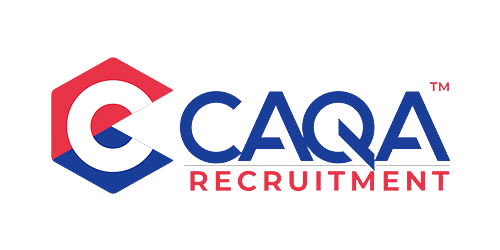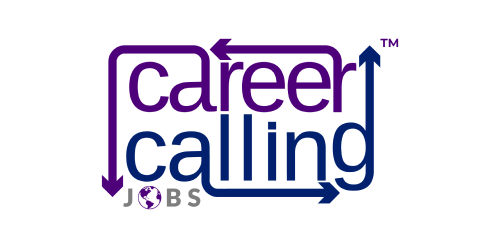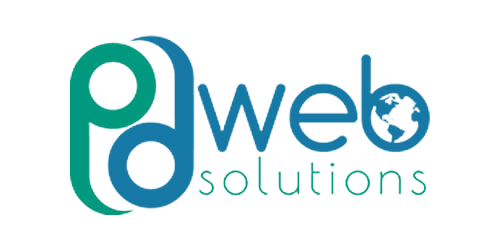As we move deeper into 2025, a surprising disconnect has emerged in the artificial intelligence landscape: while employees are eager to embrace AI tools, organisational leaders are significantly underestimating this readiness and failing to capitalise on it. Recent research reveals that executives believe only 4 percent of their workforce uses AI for at least 30 percent of their daily tasks, when in reality, that figure is three times higher. This misperception represents perhaps the greatest barrier to achieving AI maturity in today's organisations.
The data tells a compelling story about the state of AI adoption in workplaces across industries. Nearly all employees (94 percent) report having some familiarity with generative AI tools, mirroring executives' own comfort levels (99 percent). However, leaders continue to move cautiously, citing concerns about talent gaps, resource constraints, and complex approval processes. This hesitation comes despite growing evidence that employees are not only comfortable with AI but actively seeking more opportunities to use it in their daily work.
I've observed this phenomenon firsthand in my consulting work with enterprise clients implementing AI solutions. While technological barriers certainly exist, the most formidable obstacles are often organisational and cultural. Leaders frequently overestimate implementation challenges while underestimating their teams' capacity and willingness to adopt new AI tools. In one manufacturing client, a survey revealed over 60 percent of floor supervisors were already using generative AI for documentation and reporting purposes, completely unknown to senior leadership, who had been delaying an AI implementation initiative due to perceived "workforce readiness issues."
Perhaps most tellingly, employees are far more optimistic about AI's impact on their work than their leaders realise. While only 20 percent of executives believe their employees will use AI for more than 30 percent of their daily tasks within a year, a striking 47 percent of employees themselves anticipate reaching this level of AI integration in the same timeframe. This optimism extends across multiple industries, though with notable variations – media and telecom workers show the highest confidence (67 percent anticipating significant AI impact), while public sector employees remain more cautious (20 percent).
The gap between employee readiness and leadership perception carries significant implications. Organisations that fail to recognise and leverage their workforce's existing enthusiasm for AI risk falling behind competitors who are more attuned to their employees' attitudes. Moreover, the delay in implementation means missing valuable opportunities for increased productivity and innovation that employees are already seeking through AI tools, often outside official channels.
What explains this disconnect? In many cases, executives are still operating under outdated assumptions about technological adoption. The traditional change management approach of gradual, top-down implementation no longer aligns with how AI tools spread through organisations. Unlike previous enterprise technologies that required extensive IT department mediation, many AI applications are accessible directly to end-users through browser extensions, mobile apps, or SaaS platforms. Employees aren't waiting for formal rollouts—they're experimenting independently and sharing discoveries with colleagues.
Particularly notable is the role of millennial managers (ages 35-44) as AI champions within organisations. Our data shows this group reports the highest level of AI familiarity (62 percent claim extensive expertise) and confidence (90 percent feel comfortable using AI at work). These mid-career professionals, often holding team leadership positions, serve as critical bridges between senior decision-makers and frontline workers. Two-thirds of managers report fielding AI-related questions from their teams at least weekly, positioning them as informal AI advisors throughout the organisation.
Despite this groundswell of interest, employees aren't receiving adequate support from their organisations. Nearly half (48 percent) express a desire for formal AI training, yet more than one-fifth report receiving minimal to no institutional support for developing AI skills. This represents a significant missed opportunity, as employees clearly recognise AI's growing importance to their career development. Organisations that provide comprehensive AI education programs position themselves to capitalise on their workforce's intrinsic motivation rather than needing to create artificial incentives.
Safety and ethical concerns, while legitimate, should not serve as excuses for inaction. Interestingly, employees express high levels of trust in their own employers to deploy AI responsibly (71 percent), higher than their trust in universities (67 percent), large tech companies (61 percent), or startups (51 percent). This creates a valuable foundation for organisations to build upon—employees are willing to extend the benefit of the doubt to their employers' AI initiatives if leaders communicate transparently about benefits, limitations, and safeguards.
The financial imperative for accelerating AI adoption is becoming increasingly clear. While only 19 percent of surveyed executives report revenue increases exceeding 5 percent from current AI investments, 51 percent anticipate achieving growth beyond this threshold within the next three years. This optimism is well-founded as organisations move from isolated pilots to more integrated, transformative AI applications. However, capturing this potential value requires more ambitious leadership vision than most organisations currently demonstrate.
Despite nearly all companies investing in AI, only 1 percent of leaders describe their organisations as having reached "maturity" in AI deployment, characterised by full workflow integration and substantial business outcomes. The vast majority remain in earlier developmental stages, with 39 percent still in the "emerging" phase, where AI projects are just beginning to demonstrate value. This slow progression toward maturity cannot be blamed on technological limitations or employee resistance—the evidence increasingly points to leadership hesitation as the primary bottleneck.
The path forward requires a fundamental shift in how executives approach AI implementation. Rather than treating AI as a specialised technology initiative requiring extensive preparation, leaders should recognise it as a rapidly democratising set of tools that employees are already incorporating into their workflows. The most successful organisations will adopt a "permissive but governed" approach—providing access, training, and clear ethical guidelines while encouraging experimentation and employee-led innovation.
Several practical steps can help organisations bridge this leadership gap and accelerate their progress toward AI maturity. First, executives should conduct honest assessments of existing AI usage within their organisations, likely discovering more extensive adoption than they assumed. Second, they should leverage the enthusiasm and expertise of millennial managers as change agents, empowering them to guide their teams' AI journey. Third, formal training programs should be implemented to address the skills gap that employees themselves identify as their primary barrier to increased AI usage.
Most critically, leaders must reevaluate their assumptions about employee readiness and appetite for AI-driven change. The data consistently shows that workforces are more prepared than executives believe, creating a significant opportunity for organisations willing to move more boldly. As one technology executive I worked with recently observed after conducting an internal AI readiness survey: "We've been holding ourselves back based on what we thought our people could handle. Turns out they're waiting for us to catch up to them."
The competitive landscape of 2025 will increasingly be defined by organisations' ability to fully leverage AI capabilities. While technological advancement continues at a breathtaking pace, the human elements of leadership vision, organisational culture, and employee empowerment will ultimately determine which companies thrive in this new era. The gap between employee readiness and leadership perception represents both a warning and an opportunity—those who recognise and address it now position themselves for significant advantage in the rapidly evolving AI-powered future.


































